National Poison Prevention Safety week is March 21-27, 2021. We want to use this moment to tell you about medication poisonings in kids, poison control centers and poison help resources available to you.
Why is this important to you as a parent or caregiver?
Medications are the leading cause of child poisoning today. Each year, half a million parents call poison control because their child got into a medication they shouldn’t have or took more of their medication than prescribed. And those are the kids we know about! More children get brought to the Emergency Department for medication poisonings then for car crashes.
What exactly are we talking about when we say “medicine”?
Medicine can be prescribed by a doctor or purchased over the counter (OTC). Examples can include adult medicines, vitamins and supplements, children’s cough and cold medicines, children’s gummy vitamins, eye drops and diaper rash products. Don’t be fooled into thinking over the counter medicines are safer than prescriptions. Both can cause serious harm to kids. Most poisonings in kids come from medicines you can buy without a prescription, like pain medications and anti-allergy medications.
What age group is most at risk for poisoning?
Toddlers! They are curious and on the move! And because they are so little, only one or two pills can cause serious harm.
Five tips for medication safety
So, what can you do as a parent to keep your child safe from an accidental medication poisoning? Follow these tips!
- Always put medicines and vitamins “Up and Away” after every use. Never leave them on the counter. Don’t be tempted to “keep them handy” in a purse, backpack or briefcase, or in an unlocked cabinet or a drawer within a child’s reach. Lots of medications and vitamins taste good and can even look like candy! Kids can’t tell the difference between the two.
- Be sure you know if the medication packaging is “child resistant” vs. “child proof”! Contrary to popular belief, child-resistant packaging does not mean that it is childproof. Child resistant means that the packaging meets a standard that requires it to be “significantly difficult for children under 5 years of age to open within a reasonable time, and not difficult for normal adults to use properly.” Research suggests child-resistant packaging account for about half of all accidental medicine poisonings in children.
- Always read and follow label instructions when giving medicines to children. Watch out for concentrations on prescriptions as they can change each refill.
- Only use the dosing device that comes with the medication. Never use a household utensil, such as a teaspoon or tablespoon, to measure medications.
- Talk to family members living with you or who watch your child about the importance of medication safety. More and more grandparents are living with us these days. Up to 20 percent of pediatric poisonings involve a grandparent’s medication.
If you are worried that your child has gotten into a medication they shouldn’t have or received
too much of their medication, don’t panic! Your first step is to call Poison Control at 1-800-222-1222. Save this phone number in your phone and post it in your home. Poison Control can tell you if you need to go to the hospital or if you can stay safely at home. Poison Control will want to know what your child took and how much, so have pill bottles ready if you have them. They also have a convenient website as well as an app webPOISONCONTROL® available for iOS and Android.
Do you need help with safe medication disposal? Check out the American Association for Poison Control Centers guide for instructions.
For more information on safe medication storage, check out the Safe Kids Worldwide Keeping Kids Safe Around Medicine Report.
For even more information on poison prevention and medication safety, check out Dr. Bear Bites on Instagram with Jennifer Q. Tran, director of the Children’s National Safety Center.
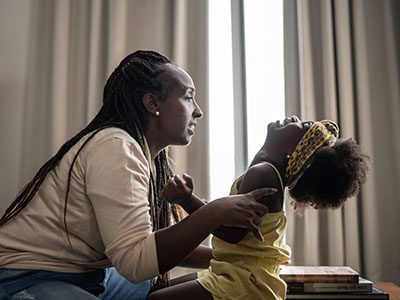 https://riseandshine.childrensnational.org/wp-content/uploads/2025/05/child-having-tantrum-feature.jpg
300
400
webteam
https://riseandshine.childrensnational.org/wp-content/uploads/2017/11/childrens_riseandshine_logo.jpg
webteam2025-05-07 15:54:412025-05-07 16:19:29Helping autistic children manage big feelings
https://riseandshine.childrensnational.org/wp-content/uploads/2025/05/child-having-tantrum-feature.jpg
300
400
webteam
https://riseandshine.childrensnational.org/wp-content/uploads/2017/11/childrens_riseandshine_logo.jpg
webteam2025-05-07 15:54:412025-05-07 16:19:29Helping autistic children manage big feelings



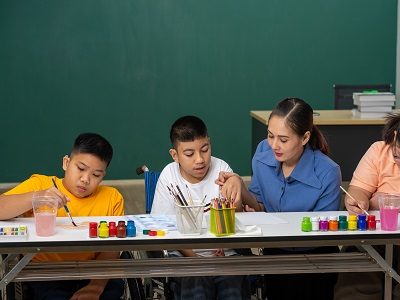
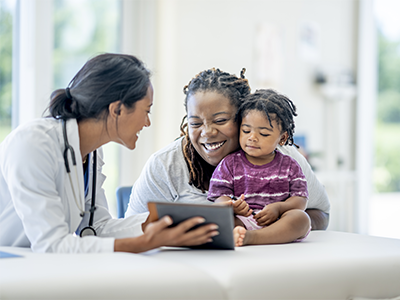
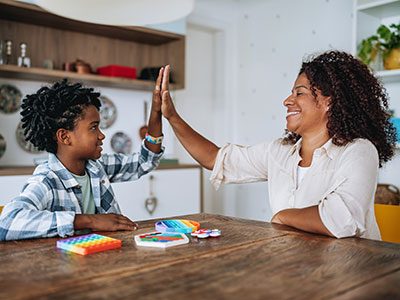
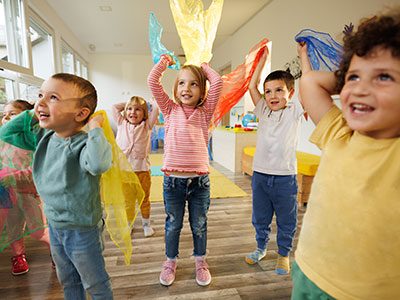
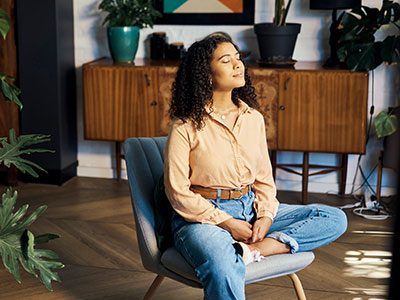

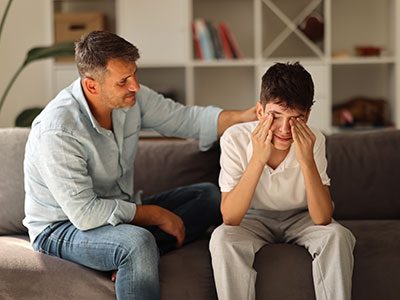


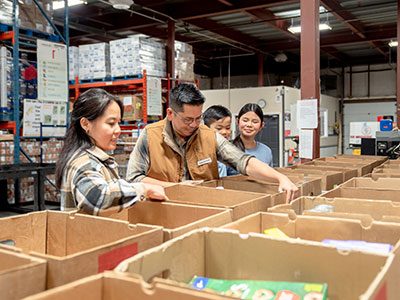
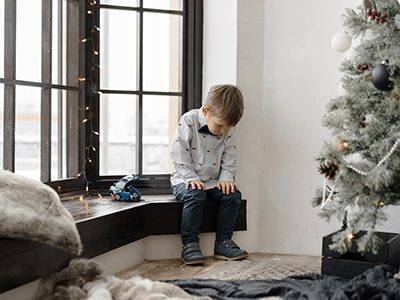
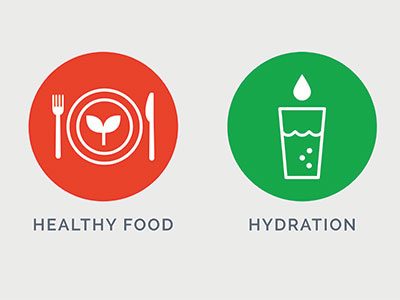


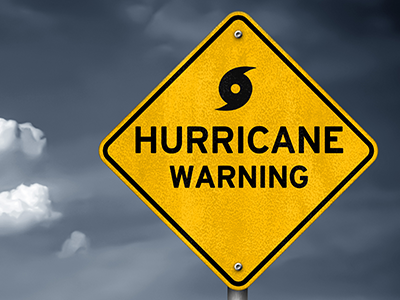
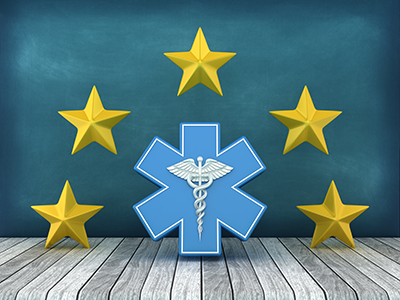
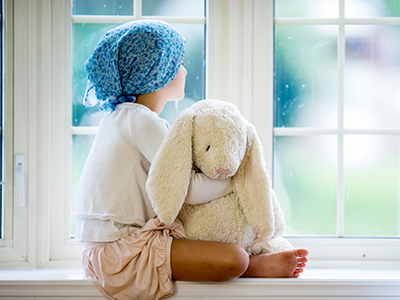
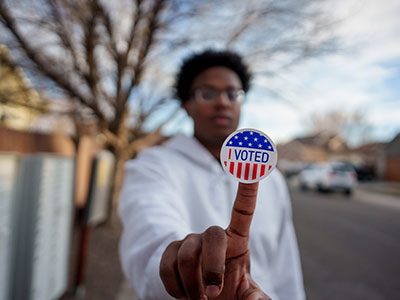
Leave a Comment
Want to join the discussion?Feel free to contribute!